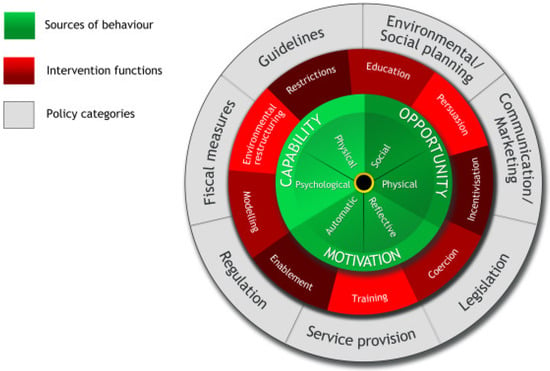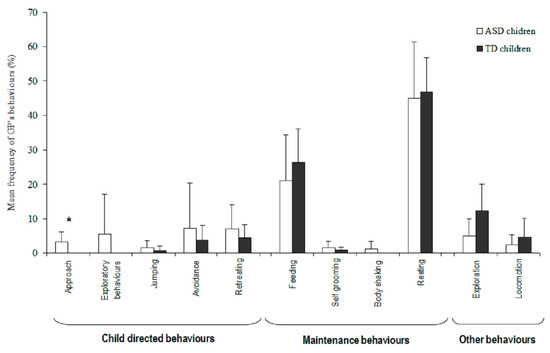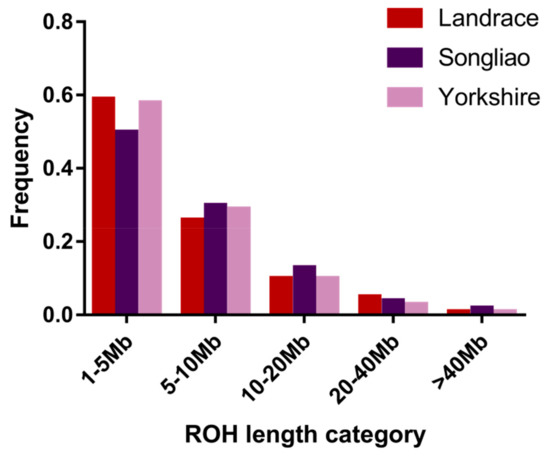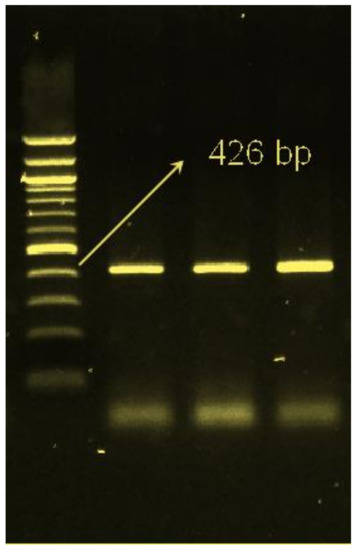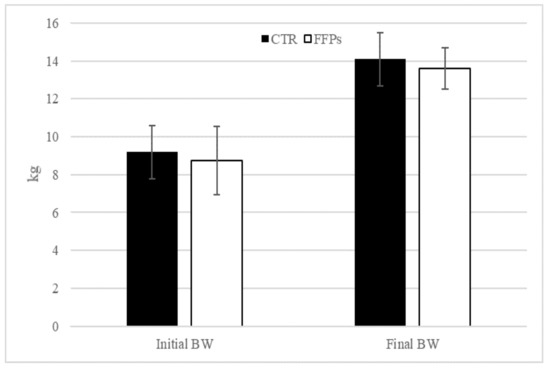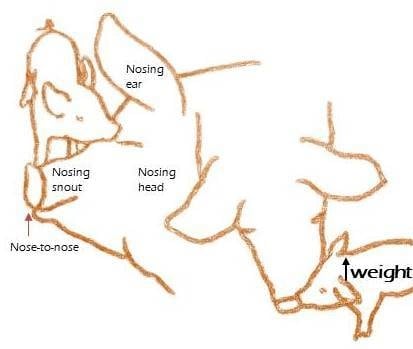Animals 2019, 9(8), 525; https://doi.org/10.3390/ani9080525 - 2 Aug 2019
Cited by 41 | Viewed by 4859
Abstract
This research aimed at improving the fatty acid (FA) profile of Hermetia illucens larvae (HI) and evaluating the effects of their inclusion in growing broiler quails’ diets on the meat physicochemical quality, including detailed amino acid (AA) and FA profiles, sensory traits, and
[...] Read more.
This research aimed at improving the fatty acid (FA) profile of Hermetia illucens larvae (HI) and evaluating the effects of their inclusion in growing broiler quails’ diets on the meat physicochemical quality, including detailed amino acid (AA) and FA profiles, sensory traits, and retail display. HI larvae were reared on two different substrates: layer mash (HI1) and 50:50 layer mash/fish offal (HI2). A total of 300 10-day-old quails were allocated to the three dietary groups (five replicates/each): a soybean meal-based diet was formulated (Control), and two other diets were formulated that included either 10% HI1 or HI2. Quails were fed the experimental diets until slaughter. Diets were formulated to be isonitrogenous and isoenergetic. Breast meat quality was affected by the dietary treatments, which displayed different proximate compositions and AA and FA profiles. Meat physical quality, sensory profile, and retail display remained unaffected for the most part. Overall, results showed that it is possible to improve the FA profile of the HI-fed quails’ meat and thus lipid quality through substrate modulation of the HI’s diet.
Full article
(This article belongs to the Collection Insects as Animal Feed: A New Promising Sector)
